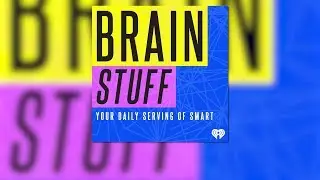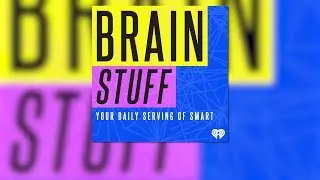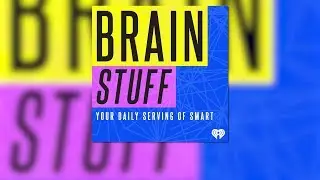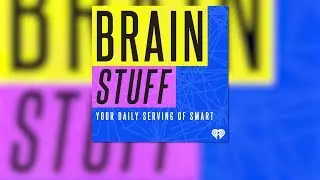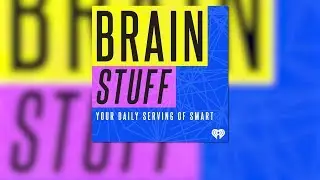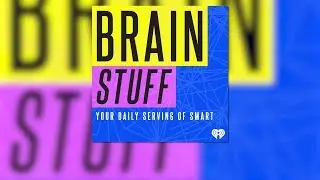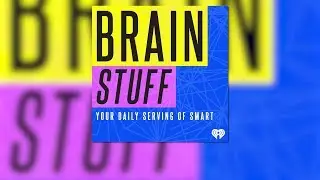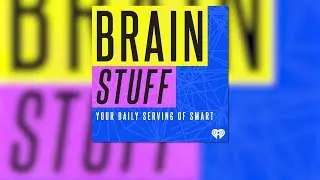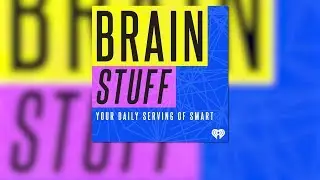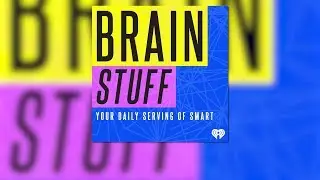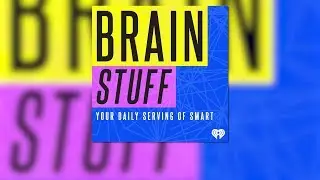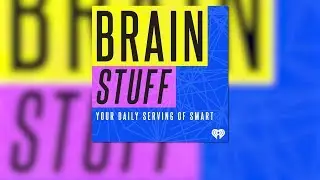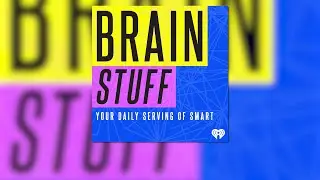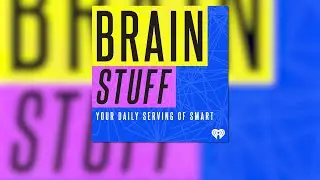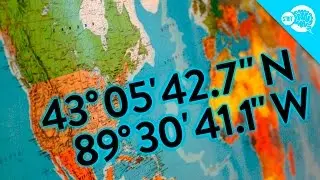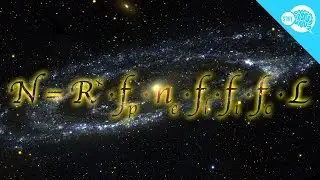What Causes The Northern Lights?
There are many misconceptions about what causes the Aurora Borealis when it really requires solar winds, magnetic fields and excited atmospheric gases.
Learn more at HowStuffWorks.com:
http://science.howstuffworks.com/natu...
Share on Facebook: http://goo.gl/FMuiBa
Share on Twitter: http://goo.gl/TR4YyU
Subscribe: http://goo.gl/ZYI7Gt
Visit our site: http://www.brainstuffshow.com
The Northern Lights are beautiful and odd and have understandably inspired many myths. The Vikings thought they were a bridge between our world and Asgard where Thor and the other gods live. In another Norse myth, they are the light reflected of the armor of the Valkyries. And people in Finland thought it was the archangel Michael (John Travolta) battling Beelzebub (the devil).
Wrong. Wrong. Wrong. All wrong.
It was the famous early astronomer and recanter of science, Galileo Galilei, who gave the Northern lights the name Aurora Borealis, which means “dawn of the North” in Latin. But it wasn’t until Norwegian scientist Christian Birkeland figured it out in 1896 that the true origin of the auroras was understood.
In the center of the Earth, the molten iron core generates magnetic fields that extend through the crust and into space around the planet, creating what’s called Earth’s magnetosphere. It’s a pretty great thing that Earth has it, because the magnetosphere protects us from all manner of charged particles spit out from the Sun.
The Sun is so hot that it produces plasma (a fourth state of matter) where positively charged atoms (ions) and negatively charge electrons flow freely around one another. These highly charged particles have enough energy to escape the Sun’s gravity and fly out into space, barreling toward Earth at 1 million miles per hour like a shotgun blast of solar hate. This is called solar wind.
When they encounter our magnetosphere, most of these ions and electrons bounce harmlessly off and Earth is saved. But some of these particles make it through the magnetosphere where it’s weakest (at the north and south poles), and when they do the light show begins.
The electrons that make it into our atmosphere interact with some of the elements there, particularly oxygen and nitrogen. The electrons transfer energy to them, exciting them in the process. To calm down, the excited atoms must release some energy, which they do as tiny packets of light called photons -- beautiful, beautiful photons.
Depending on where in the atmosphere the electrons interact with these other atoms, different colors are produced. Oxygen emits a yellow-green color up to about 150 miles in the atmosphere. After that, it turns red. Nitrogen emits a nice blue color about 60 miles up. And don’t forget these colors can blend, which can create glowing pinks, purples and whites. It’s like Miami Beach up there.
This interplay is most vibrant during solar storms, which depend somewhat on the Sun’s solar cycle. And, although these lights can be produced at all hours, they aren’t visible during the day, since the sunlight outshines them.
SOURCES:
http://science.howstuffworks.com/natu...
http://www.physics.org/article-questi...
![Lida, Серега Пират - ЧСВ [СНИППЕТ 30.01.24]](https://pics.providosiki.ru/watch/zulRZEwgcvk)








